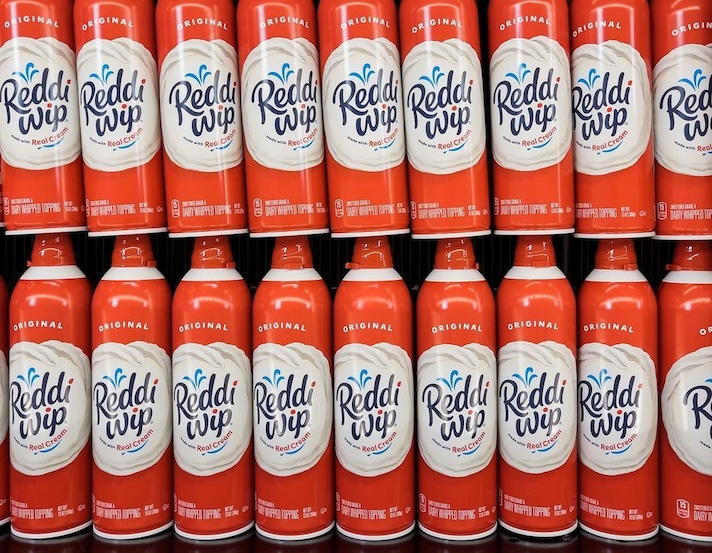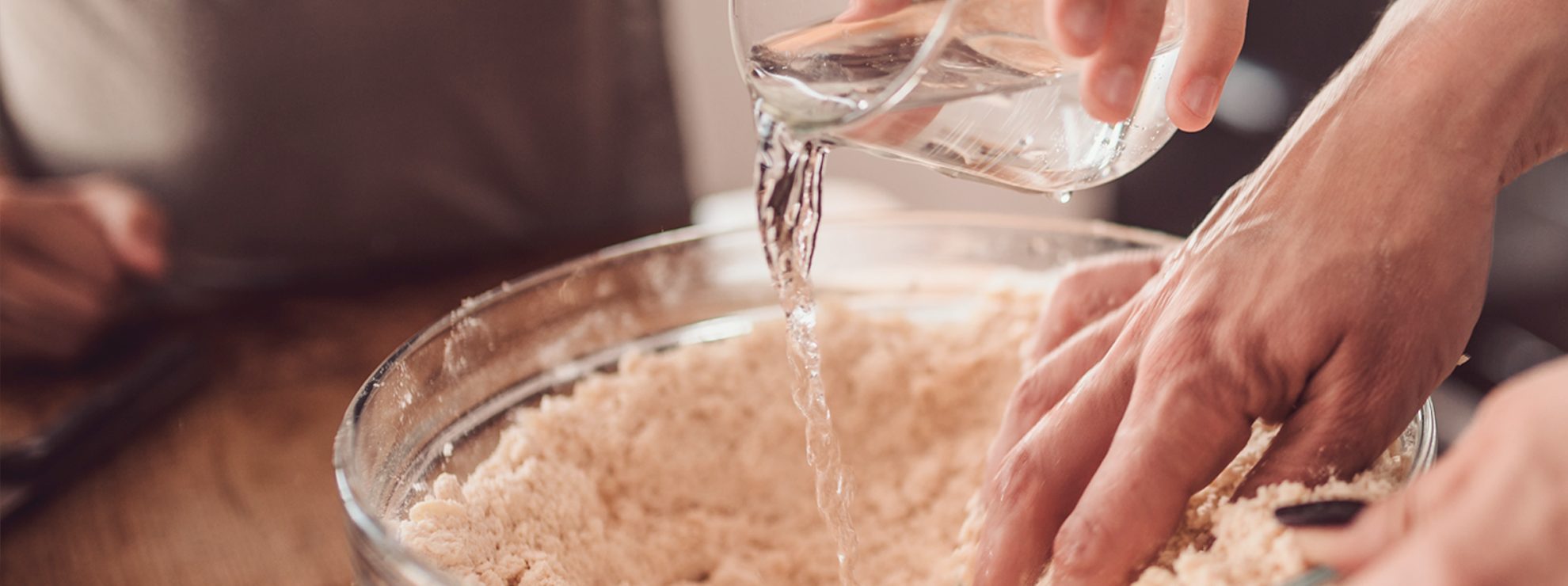
Spray whipped cream is a product that evokes images of delicious desserts, strawberries with cream, decorated cakes and spoons full of sweet and soft clouds. It is easy to use and practical: just press the can to have perfect whipped cream in an instant, without effort and without electric whisks. But have you ever really wondered what that can contains?
Behind its apparent simplicity, spray cream is actually a complex industrial product, built to last a long time on the shelf, maintain a stable consistency and resist temperature changes. And, as often happens with ultra-processed products, the contents can reserve some surprises.
The Ingredients: Much More Than "Just" Whipped Cream
First of all, yes: there is real cream in spray whipped cream: the real problem is the percentage. Just look at the label to have immediate confirmation: in some cases the cream content reaches almost 50% while the rest are vegetable fats and often hydrogenated. Furthermore, it is not the only ingredient and, as we were saying, in some products it is not even the main one.
Cream or Vegetable Fats?
In the higher quality products, real dairy cream is used, but in many versions – especially the “vegetable”, “light” or cheap ones – the cream is replaced or integrated with hydrogenated vegetable fats, such as coconut, palm or rapeseed oil. This allows the product to be more stable and not to alter easily. What is the problem? Hydrogenated fats can contain trans fats, which are linked to an increase in cardiovascular risk: not all products contain them explicitly, but it is a point to keep in mind. In Europe, trans fats are regulated (maximum 2% in foods), and in many countries they are banned or drastically limited. However, there are many products that still use hydrogenated vegetable fats (not always specifying the trans), especially low-cost vegetable spray creams.
The Sugar
Almost all spray creams are sweetened: the amount is not very high in a single serving, but it is still added sugar, to be added to the rest of the diet. Typically, sweetened spray creams contain between 8% and 15% sugar per 100 grams of product: for comparison, fresh cream whipped at home with the addition of a teaspoon of sugar would be equal to about 5 grams of sugar per 100 grams of product.
Thickeners and Stabilizers
To maintain that soft and stable consistency, additives are added such as:
- Carrageenan: extracted from red algae, it is used to give body to cream. Some studies (on animals and in vitro) have associated its degraded form with intestinal inflammatory phenomena, even if the one used in foods is considered safe.
- Guar gum and xanthan gum: natural additives, generally well tolerated, but may cause bloating or gastrointestinal discomfort in sensitive individuals.
- Mono and diglycerides of fatty acids: these are emulsifiers that improve texture, but may contain traces of trans fats if industrially obtained.
The Rising Gas: Nitrous Oxide
Nitrous oxide (N₂O) is the gas that makes the cream come out of the canister and, at the same time, whips it instantly: it is chemically inert and safe for food use, but it can become dangerous if inhaled voluntarily (which unfortunately is not as rare as we would like to think), causing neurological effects that can be serious. In normal use, however, it is not a cause for concern.

How Bad is Spray Whipped Cream?
As in many cases, the point is the consumption that is made of it: using spray cream once in a while, perhaps on a dessert on Sunday or at a party, does not involve significant risks. Our body is perfectly capable of managing sugars, fats and additives if consumed occasionally.
The situation is different if it becomes part of your daily routine: it can increase your intake of sugars and saturated fats, contributing over time to metabolic alterations such as increased cholesterol, insulin resistance and weight gain. Regular consumption of ultra-processed foods, such as whipped cream, is associated with an increased risk of chronic diseases, according to numerous epidemiological studies. In addition, some additives (such as carrageenan) can also cause intestinal discomfort, especially in those who suffer from irritable bowel syndrome.
And then there is a more subtle but equally important aspect: spray cream has a "hyper-palatal" taste and consistency, that is, it is designed to provide immediate gratification. Like other industrial foods, it can push you to eat more than necessary, altering your relationship with food. Is it better to avoid it? Not necessarily, but choose consciously: it is not a poison, but it is not a "harmless" food as it may seem. It is perfect for convenience and for certain occasions, but it should be treated for what it is: an industrial product, created for convenience rather than nutrition. If you like whipped cream, the best choice is definitely to try making it at home with fresh cream and a teaspoon of sugar: you will get something much more authentic, without additives and with a real flavor.

;Resize,width=767;)
